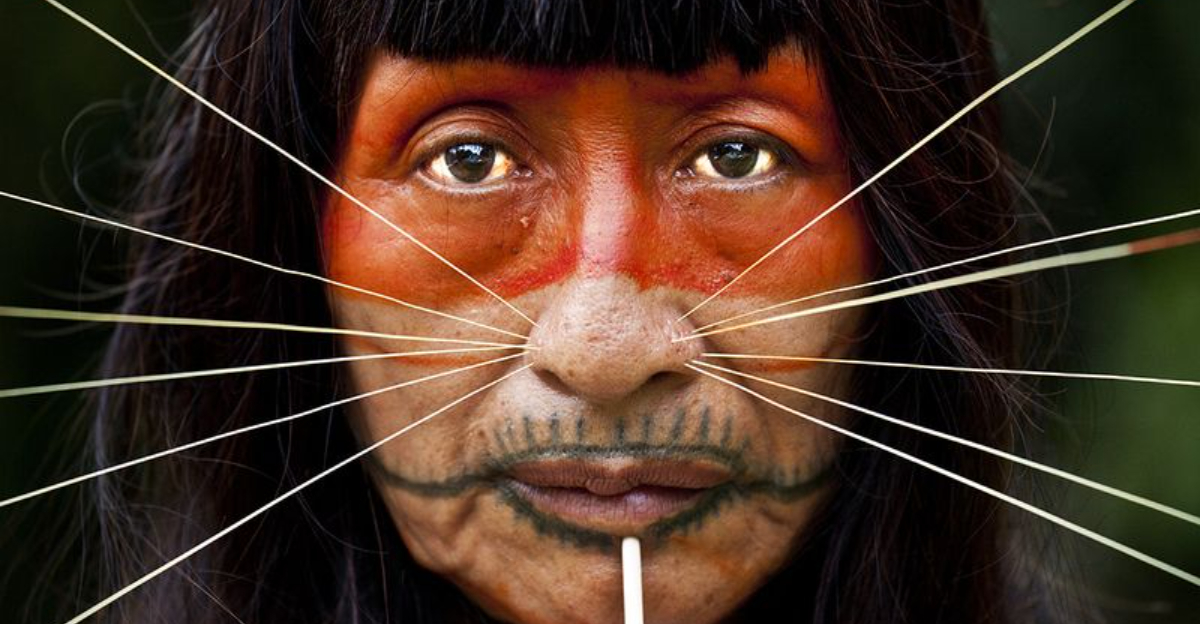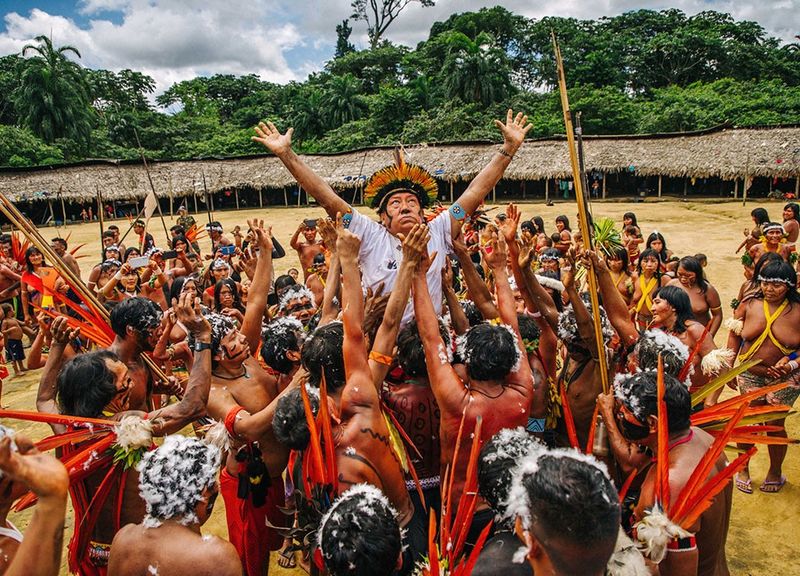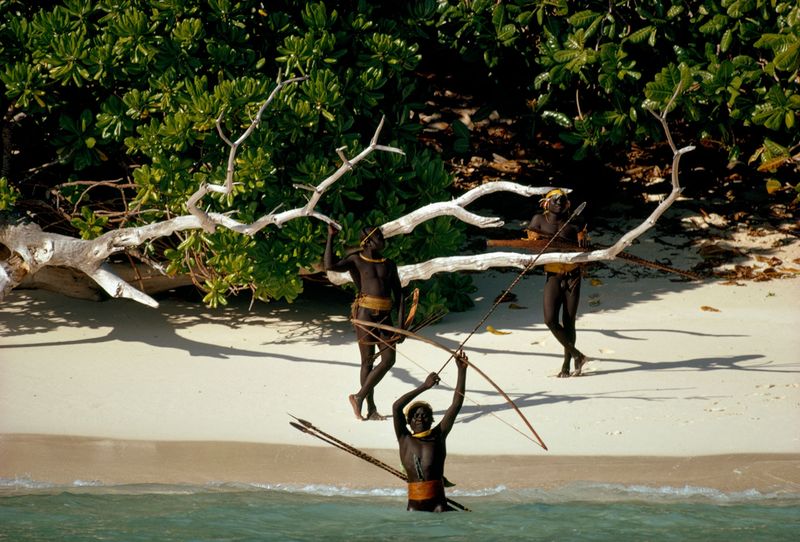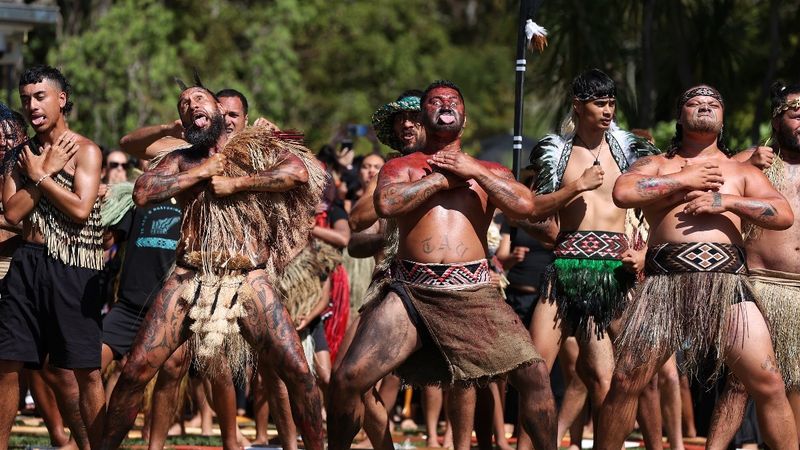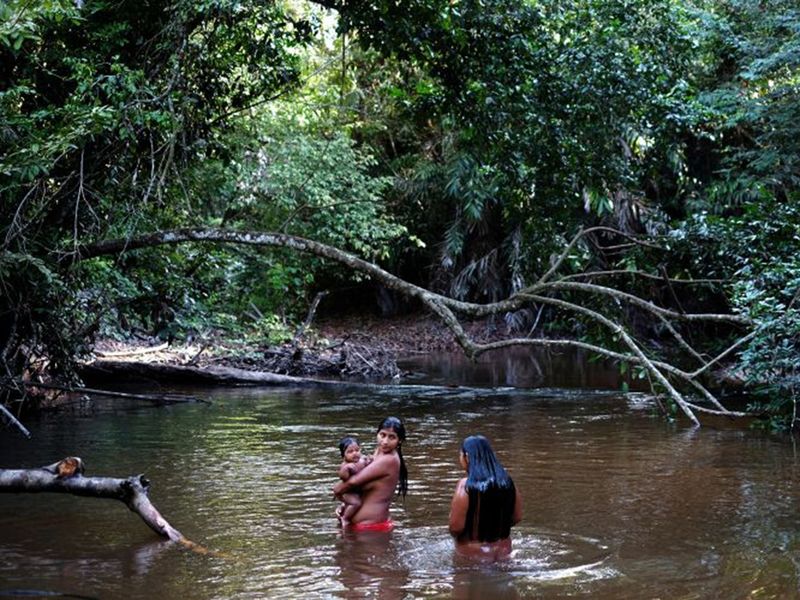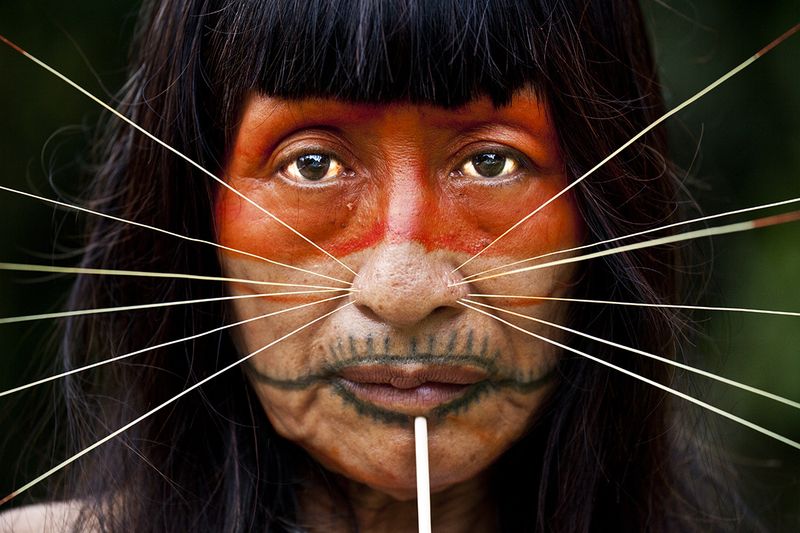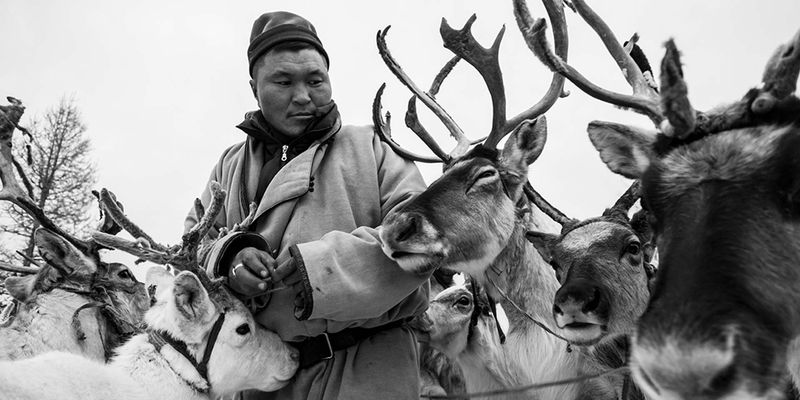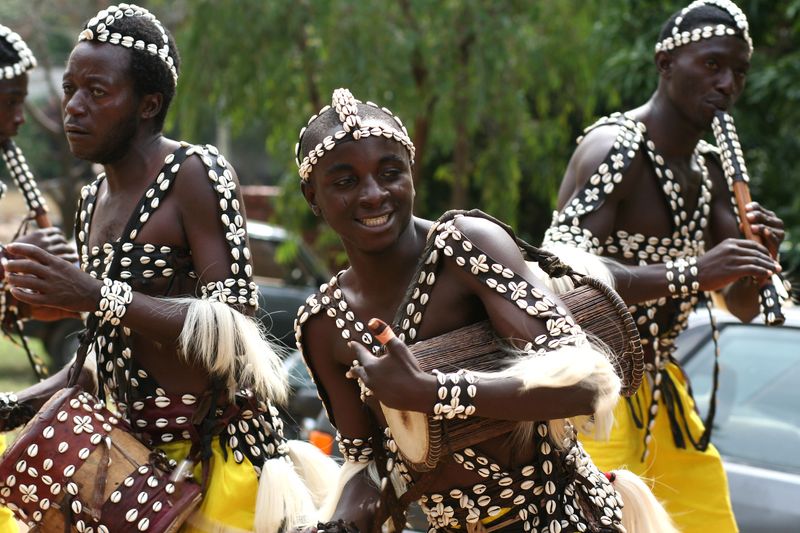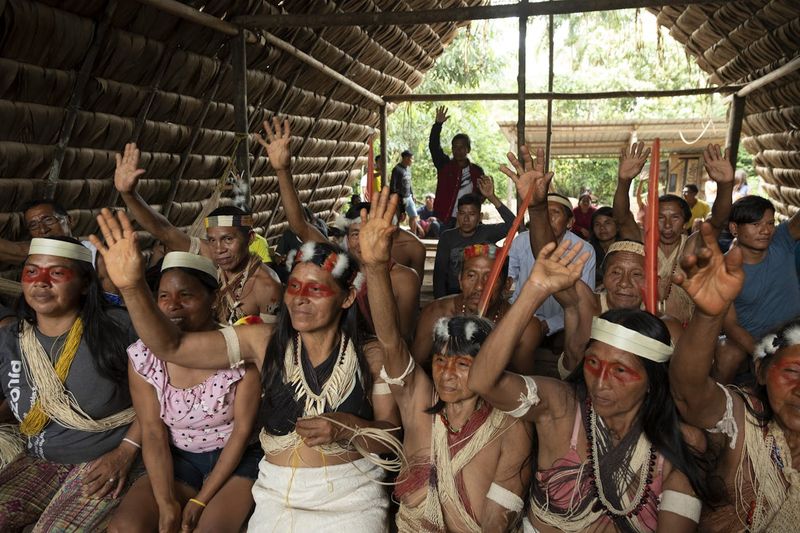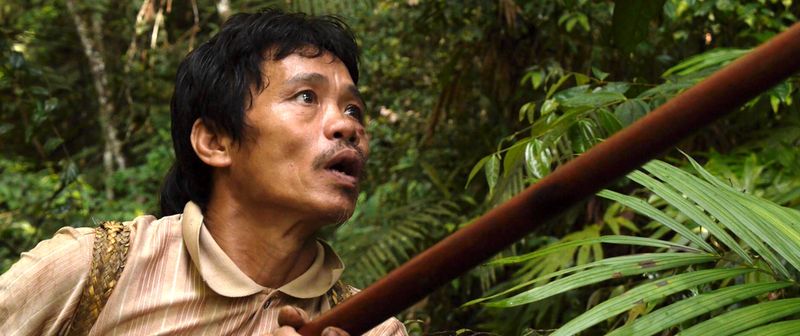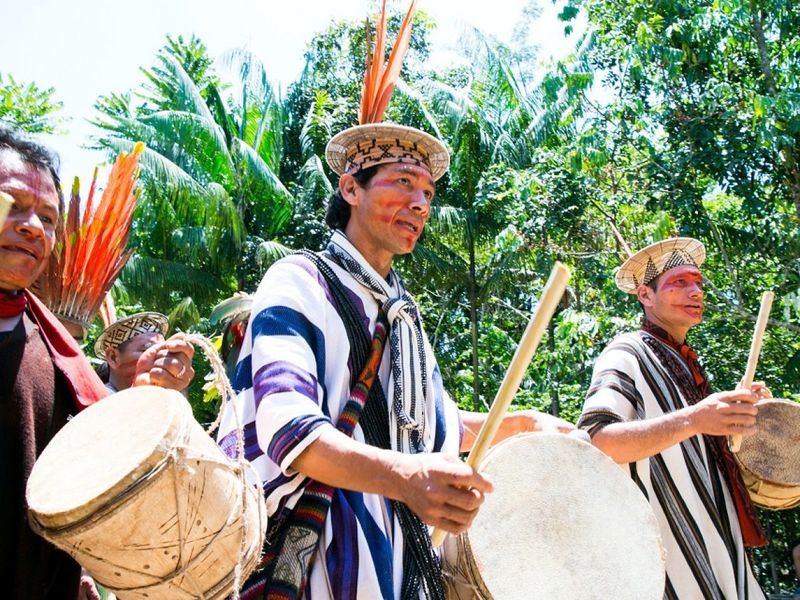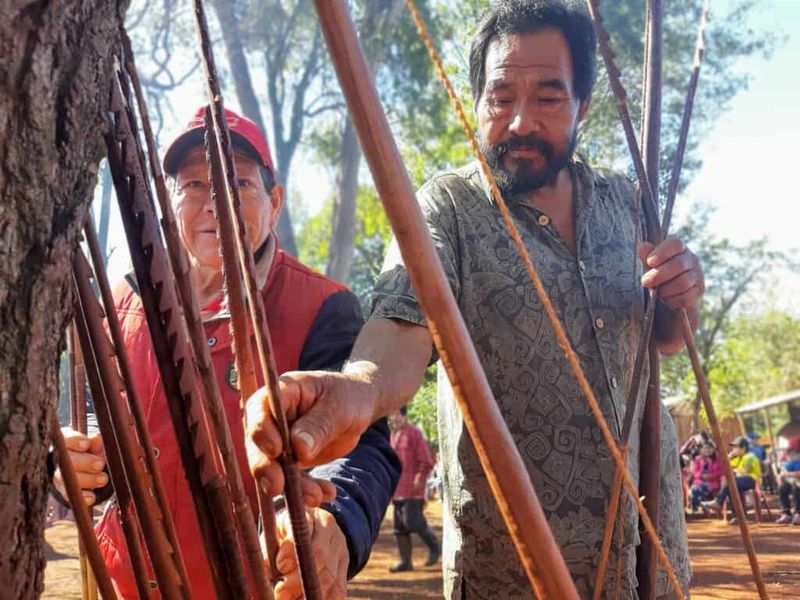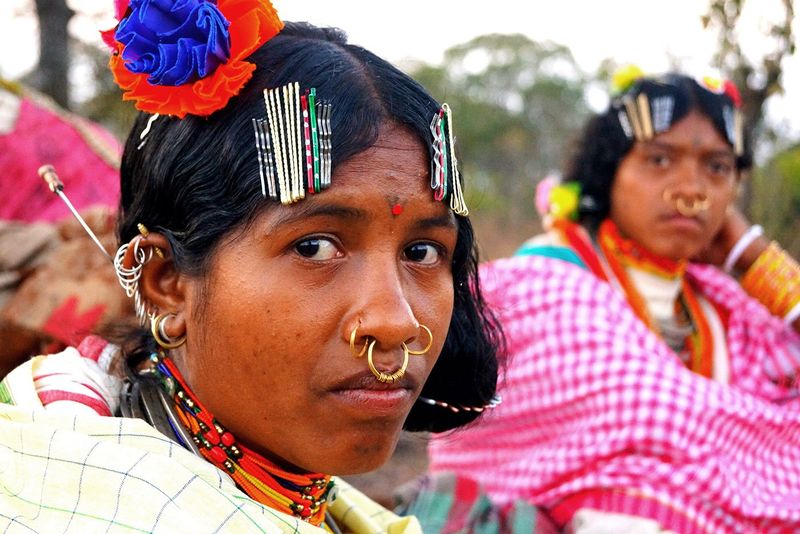Explore the fascinating world of jungle tribes, from the well-known to the hidden gems. Discover the unique cultures, challenges, and stories of these tribes that inhabit some of the most remote and exotic locations on Earth.
1. Yanomami (Amazon)
The Yanomami, known for their shamanic rituals, fiercely resist outside influence, particularly from miners. They inhabit the dense Amazon rainforest, maintaining a deep connection to nature. Their spiritual practices and way of life remain largely untouched by modern civilization. The tribe’s commitment to preserving their land is both admirable and vital.
2. Sentinelese (Andaman Islands)
The Sentinelese are notorious for their isolation and hostility towards outsiders. Living on North Sentinel Island, they fiercely protect their territory, using arrows to deter anyone who approaches. This isolation has preserved their unique way of life, free from modern influences. Their story is a rare glimpse into true indigenous autonomy.
3. Korowai (Papua New Guinea)
The Korowai are famous for their remarkable treehouse dwellings, perched high above the jungle floor. Their lifestyle is deeply intertwined with the forest, relying on it for sustenance and shelter. Once (though disputed) known for cannibalism, their culture is rich with traditions and survival skills. The Korowai remain a captivating subject of study.
4. Māori (New Zealand)
While the Māori of New Zealand are not traditional jungle-dwellers today, their ancestors thrived in dense forests. Known for their vibrant cultural expressions, including the haka, they have a rich history that continues to influence their modern identity. The blend of ancient traditions and contemporary life marks their dynamic culture.
5. Pygmies (Congo Basin)
Renowned for their short stature and profound knowledge of the Congo Basin’s forests, the Pygmies are masters of their environment. Living in small, egalitarian communities, they have honed skills in hunting and gathering that are unmatched. Their existence, while threatened by external pressures, is a testament to human adaptability.
6. The Awa (Brazil)
Dubbed “The World’s Most Endangered Tribe,” the Awa are nomadic hunter-gatherers in the Brazilian Amazon. They face existential threats from illegal logging, which encroaches on their homeland. With only around 600 members, many living uncontacted, their survival hangs by a thread. The Awa embody resilience amidst adversity.
7. The Matsés (Peru/Brazil)
Known as “The Jaguar People,” the Matsés utilize frog venom in spiritual hunting rituals, showcasing their deep connection to the natural world. Their expertise in jungle medicine is renowned, though they face modern challenges from oil companies seeking to exploit their lands. Their story is one of cultural preservation against odds.
8. The Tsaatan (Mongolia)
One of the last tribes to rely on reindeer for survival, the Tsaatan inhabit Mongolia’s shrinking taiga forests. Their symbiotic relationship with these animals is crucial to their way of life. As climate change impacts their icy habitat, the Tsaatan face the dual challenges of cultural preservation and environmental survival.
9. The Jarawa (Andaman Islands)
The Jarawa, once isolated on the Andaman Islands, are now forced into contact due to poachers and the controversial “human safaris.” This unwanted interaction has led to disease and exploitation, threatening their traditional way of life. Their plight highlights the broader issue of indigenous rights in a changing world.
10. The Huaorani (Ecuador)
The Huaorani, notorious for their fierce defense of their territory, once speared oil workers in the 1950s. Some clans remain uncontacted within Ecuador’s Yasuní National Park, preserving ancient ways of life. Their story is a testament to the enduring spirit of indigenous resistance and the rich biodiversity they protect.
11. The Penan (Borneo)
Masters of blowpipe hunting and skilled rattan weavers, the Penan of Borneo are steadfast in their fight against deforestation. They block logging roads to safeguard their ancestral lands. Their nomadic lifestyle and deep forest knowledge remain central to their identity, as they advocate for environmental conservation.
12. The Ashaninka (Peru/Brazil)
The Ashaninka, victims of the early 1900s rubber boom, are now at the forefront of eco-activism. Their vibrant textiles tell ancient stories of resilience and cultural pride. By leading conservation efforts, they seek to protect their lands and heritage, inspiring others with their commitment to ecological and cultural preservation.
13. The Batek (Malaysia)
Living in egalitarian communities with no chiefs or hierarchy, the Batek of Malaysia share land equally. Their hunter-gatherer lifestyle is threatened by displacement due to palm oil plantations. Despite living in poverty, their unique social structure and deep connection to the land offer valuable insights into alternative ways of living.
14. The Kayapo (Brazil)
The Kayapo are known as fierce warriors who utilize modern technology, like satellite phones, to monitor illegal mining and logging. Chief Raoni Metuktire stands as a global icon for indigenous rights, leading efforts to preserve their way of life and protect the Amazon rainforest. Their blend of tradition and technology is inspiring.
15. The Aché (Paraguay)
Survivors of a devastating genocide in the 1970s, the Aché of Paraguay are now rebuilding their culture among fragmented forests. Their story is one of endurance and renewal, as they strive to reclaim and revitalize their heritage despite significant challenges. The Aché’s journey is a powerful testament to human resilience.
16. The Dongria Kondh (India)
Guardians of the sacred Niyamgiri Hills, the Dongria Kondh halted a major mining project in 2013. Their victory against Vedanta inspired global indigenous movements. Their colorful attire and deep spiritual connection to their land highlight the enduring power of tribal identity and environmental stewardship.
17. The Akuntsu (Brazil)
The Akuntsu, now a tribe of just four people, face the imminent extinction of their language and culture. Nearly wiped out by ranchers in the 1980s, their story is a poignant reminder of the fragility of indigenous cultures. Their existence speaks to the broader theme of cultural survival amidst external pressures.
18. The Nukak (Colombia)
Forced from their Amazon homeland by the drug war, the Nukak now live as refugees in Colombian slums. Suffering from preventable diseases, their plight underscores the impacts of conflict and displacement on indigenous peoples. Their resilience in the face of adversity is a testament to the enduring strength of human spirit.
